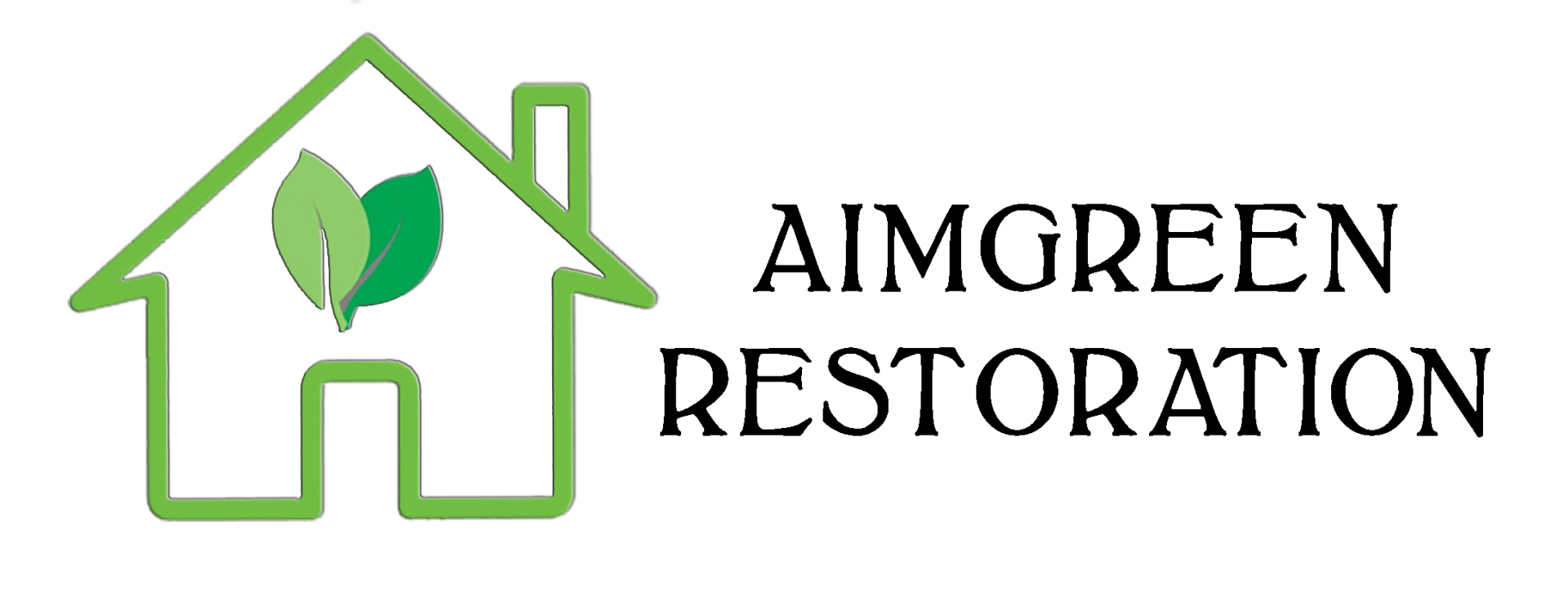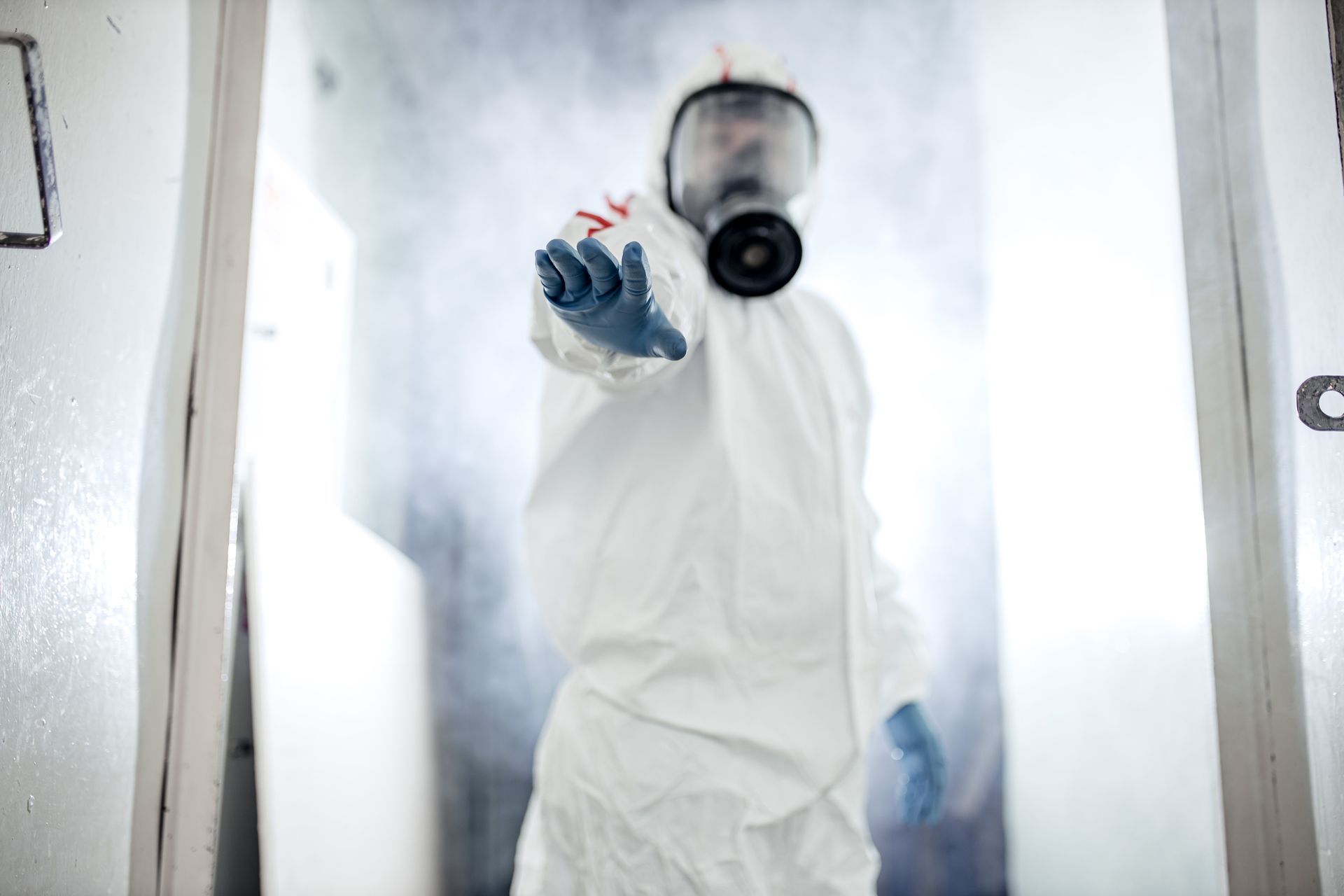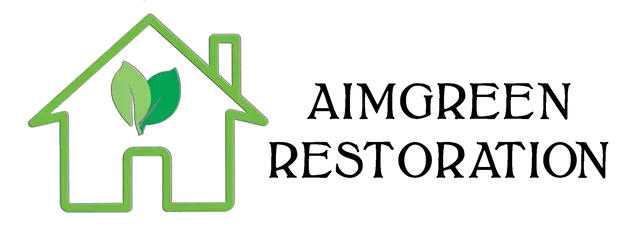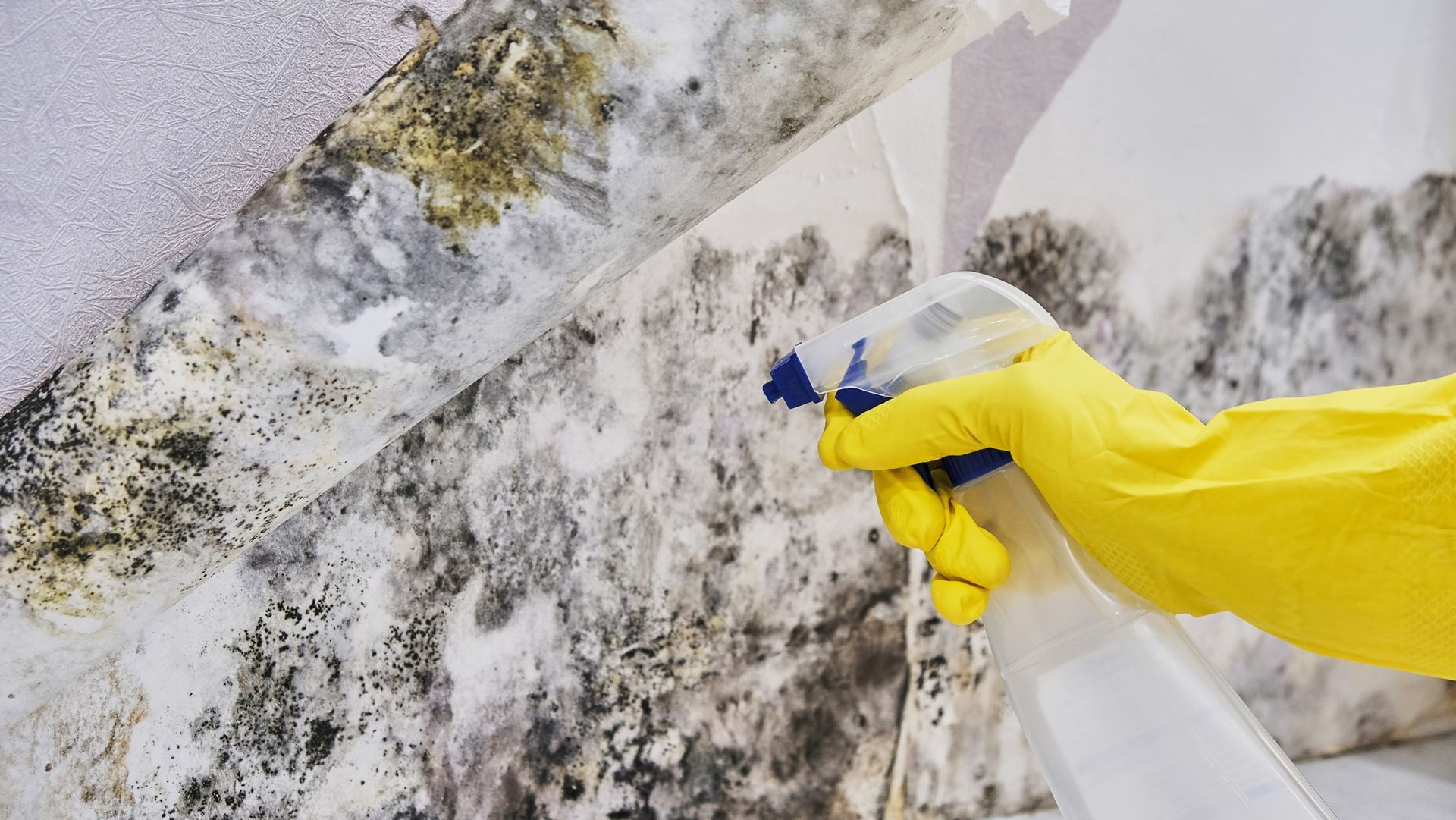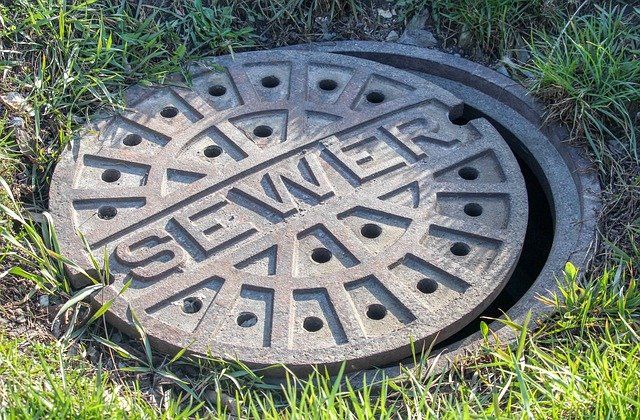Workplace Mold Exposure
Workplace Mold Exposure- Columbus, OH

Mold is not acceptable in the workplace. Working in close proximity to mold colonies may be quite dangerous. Mold spores are hazardous to employees and should be eliminated as soon as possible. What to do if your employees exhibit indicators of mold exposure.
What is mold?
Mold, a kind of fungus, may be found everywhere. Mold spores destroy decomposing organic matter in the environment, such as fallen trees and dead leaves. Outdoor mold is extremely important to the natural environment. Over 100,000 mold species have been identified worldwide.
Indoor mold, on the other hand, is a major health risk. Mold spores damage organic materials like drywall and wood, which are both extensively utilized in the workplace. When spores consume wooden structural elements, the structural integrity of the structure is compromised.
Mold infestations can originate in a drywall corner at work, for example, or on paper stored in a moist file cabinet. Mold can thrive with only a continual supply of moisture, organic materials, and darkness. Mold thrives in moist working environments.
Why does mold appear?
Mold may grow in the workplace for a variety of reasons. Moisture problems are common in older structures. Some constructions are designed to be closely enclosed, preventing adequate ventilation and causing moisture accumulation. The drywall makes moisture escape harder.
Roof leaks that are not repaired may cause moisture concerns. A damp workplace environment can be caused by uncontrolled humidity, unvented combustion appliances, and postponed maintenance. If the gutters send water beneath the structure, the constant dampness will contribute to mold breakouts.
What molds are toxic?
Toxic black mold, commonly known as Stachybotrys Chartarum, is a popular word for black mold. In truth, black mold is no more harmful than any other color or kind of mold.
Mold-sensitive or allergic people, on the other hand, are in danger. Mycotoxins, for example, are toxic substances produced by black mold. While there is no evidence that breathing black mold spores cause fatal illnesses, persons who have asthma, allergies, or other hypersensitivities are at risk.
What are the symptoms of mold exposure?
Toxic mold syndrome is based on media hype rather than reality, and symptoms include headaches, memory loss, fatigue, and an inability to focus. The real risk arises when those who are allergic to mold have poor health effects after being exposed to it.
Asthmatic workers who are exposed to mold in the workplace are more likely to have an asthma attack. Mold-induced asthma symptoms include wheezing, shortness of breath, coughing, and chest tightness.
Employees exposed to mold growth for a lengthy period of time, as well as those allergic to mold, may experience symptoms. Coughing, postnasal drip, sneezing, itchy eyes, nose, or throat, nasal congestion, and dry, scaly skin are all common symptoms.
Do employees have legal recourse after being exposed to mold?
A healthy workplace is required by law. Annual inspections aid in the prevention of mold growth in the structure. To reduce the likelihood of a mold infestation, employers must establish workplace safety measures and respond to mold development concerns.
When the first signs of mold appear, the employer must conduct a mold inspection to establish the type of mold and the extent of development. A mold remediation strategy might be established, and the facility could be temporarily closed to allow skilled mold removal professionals to begin eradication.
It is the employer's responsibility to inform building personnel about the dangers of mold exposure. The mold infestation should also be notified to the building owner, who is responsible for initiating mold cleanup steps.
Employees who notice black mold splotches or experience mold-related illnesses should notify human resources. Workers' compensation may be available to employees who fall ill as a result of breathing mold spores.
If an employer is aware of a mold problem but does nothing to address it, he may be found negligent. Malicious intent may be proved when emails or memoranda from the employer's office suggesting the need to hide the mold problem are uncovered.
Litigation may be an option if proving negligence is problematic. If the incident is not covered by workers' compensation, you may be entitled to sue the business. When a third party fails to remove the mold from the ventilation system, a lawsuit is a real possibility.
Mold must be removed from the workplace as soon as possible in order to protect the health of employees, visitors, and customers. Contact mold treatment pros if you notice any level of mold development in your company.
Mold removal specialists do more than just eradicate mold growth.
Repairing the moisture source is one of their most successful mold eradication and preventive strategies. Mold treatment experts determine the source of the moisture issue and fix the mold and water damage.
If the water source is eliminated, the spores will be deprived of these vital nutrients. Once the water source has been identified, specialists will limit the damaged area to prevent airborne mold spores from spreading to other sections of the structure. Using cutting-edge methods and technology, mold is fully eradicated.
A highly ranked mold treatment company's trained personnel detect not just visible mold growth but also concealed mold growth, such as colonies emerging behind walls, behind carpets, or beneath wallpaper. To locate and remove all mold, technicians use cutting-edge technology.
Do you have a mold infestation in your home? Call AIM Green Restoration as soon as possible!

